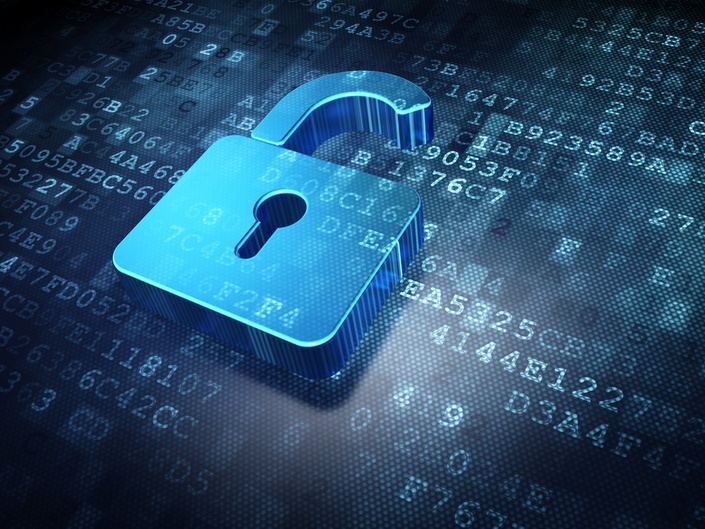Drupal is a powerful and flexible content management system (CMS), widely recognized for its strong security features. However, like any web platform, it requires proper configuration and regular maintenance to ensure it remains secure. Whether you’re running a small blog or a large enterprise site, following best practices for Drupal security is crucial to protect your website and its users. Here’s a comprehensive guide to keeping your Drupal site secure.
1. Keep Drupal Core and Modules Up to Date
One of the most fundamental steps in securing your Drupal site is to ensure that both the Drupal core and all contributed modules are up to date. The Drupal Security Team regularly releases updates that patch security vulnerabilities. Failing to apply these updates promptly can leave your site exposed to known threats.
- Subscribe to Security Announcements: Stay informed about security updates by subscribing to the Drupal Security mailing list.
- Use the Update Manager: Enable the Update Manager module to receive notifications directly in your Drupal admin dashboard when updates are available.
- Automated Updates: Consider using tools like Composer for automated updates, ensuring your site is always running the latest secure versions.
2. Secure User Roles and Permissions
Drupal’s flexible permission system is powerful, but it also means that improper configuration can lead to security vulnerabilities. Review and configure user roles and permissions carefully.
- Limit Administrator Access: Only grant administrative access to trusted users. The fewer people with full access, the lower the risk of accidental or malicious changes.
- Create Custom Roles: Avoid using the default roles like “Authenticated User” for multiple purposes. Create custom roles tailored to specific needs with only the necessary permissions.
- Review Permissions Regularly: Regularly audit user roles and permissions to ensure that they are still appropriate for the current needs of your site.
3. Use Strong Password Policies
Enforcing strong password policies is another critical aspect of securing your Drupal site. Weak passwords can easily be exploited through brute-force attacks.
- Enforce Complex Passwords: Use the Password Policy module to enforce password complexity, requiring a mix of upper and lower case letters, numbers, and special characters.
- Two-Factor Authentication: Implement Two-Factor Authentication (2FA) using the TFA module to add an extra layer of security for user accounts, especially for administrators.
- Regular Password Changes: Encourage or require users to change their passwords regularly.
4. Implement SSL/TLS
SSL (Secure Socket Layer) or its successor TLS (Transport Layer Security) is essential for securing data transmitted between your website and its users. By enabling HTTPS, you protect sensitive data like login credentials, ensuring it’s encrypted during transmission.
- Obtain an SSL Certificate: Use services like Let’s Encrypt to obtain a free SSL certificate, or purchase one from a trusted provider.
- Enforce HTTPS: Use Drupal’s Security Kit module to enforce HTTPS across your site, redirecting all HTTP traffic to HTTPS.
- HSTS Headers: Consider adding HTTP Strict Transport Security (HSTS) headers to further enhance HTTPS protection.
5. Protect Against Common Web Vulnerabilities
Drupal, by default, is designed to protect against common web vulnerabilities, but additional steps can further enhance this protection.
- Cross-Site Scripting (XSS): Use the Security Kit module to harden your site against XSS attacks. Ensure user input is sanitized, especially in custom forms and modules.
- SQL Injection: Drupal core and contributed modules typically protect against SQL injection, but custom code should be reviewed to ensure it uses Drupal’s database API, which properly sanitizes database queries.
- Cross-Site Request Forgery (CSRF): Protect forms with CSRF tokens, which Drupal handles automatically in most cases. Ensure your custom forms use #token for added security.
6. Regular Backups and Monitoring
Regular backups and continuous monitoring are essential components of a comprehensive security strategy. In the event of a security breach or other critical issue, backups allow you to restore your site quickly.
- Automated Backups: Use modules like Backup and Migrate to schedule regular backups of your database and files. Store backups in a secure, off-site location.
- Log Monitoring: Monitor logs using tools like the Log module or integrate with external monitoring services. Look for unusual activity that could indicate a security issue.
- Security Audits: Conduct regular security audits of your site, reviewing code, configuration, and server settings for potential vulnerabilities.
7. Harden the Server Environment
Securing Drupal itself is important, but your server environment must also be hardened to prevent attacks.
- Use a Web Application Firewall (WAF): Consider deploying a WAF to filter out malicious traffic before it reaches your Drupal site. Services like Cloudflare offer WAF solutions that are easy to integrate.
- Secure File Permissions: Ensure that file permissions on your server are correctly configured, with the minimum necessary access. For example, the settings.php file should be set to 644 or 444 to prevent unauthorized modifications.
- Disable Unnecessary Services: Disable any unnecessary services or modules on your server that could be exploited by attackers.
8. Regularly Review and Update Site Policies
Security is not a one-time task but an ongoing process. Regularly review and update your site’s security policies to adapt to new threats and changes in your site’s requirements.
- Security Policy Documentation: Maintain up-to-date documentation on your site’s security policies and procedures, including password policies, user roles, and backup procedures.
- Staff Training: Ensure that everyone involved in managing the site is trained in best security practices, including how to recognize phishing attempts and other social engineering attacks.
- Incident Response Plan: Develop and regularly update an incident response plan, detailing the steps to take in the event of a security breach.

